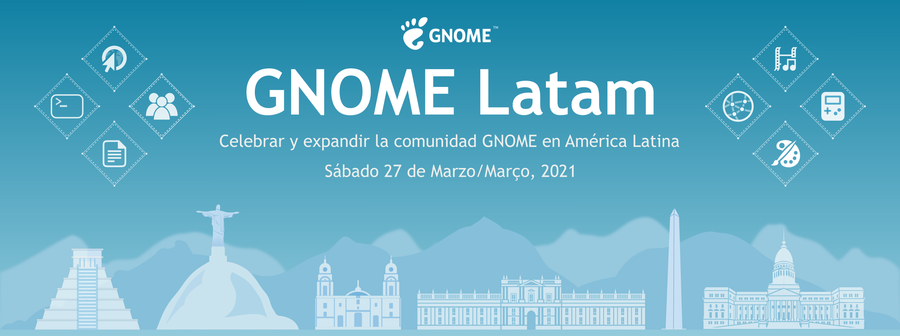GNOME yearly participates in both Outreachy and Google Summer of Code. These internship programs basically consist on having new contributors working on a well-scoped project alongside an experienced mentor.
Defining project ideas is not as easy as it might sound. One needs to consider the perspective of a newcomer approaching the project for the first time, having a schedule where they are expected to onboard, work, and produce contributions that benefit the project.
Instead of my yearly call for project ideas, I would like us to maintain a permanent collection of project ideas that can be discussed and iterated over for a longer period of time. Sometimes an idea can depend on prior work, some UI mockup, or the availability of someone to mentor.
The Internship Project Ideas GitLab repository is now the place for these conversations to take place. The repository’s issue tracker should work well for cross-linking to issues in the repository of our components, as well as allow for tagging individuals that can provide valuable input on the composition of a project idea.
Both internship programs allow for the applicants to propose their very own project ideas, so whenever you get contacted by a potential future intern, ask them to file an issue on our Internship Project Ideas repository for further discussions.
Lastly, Don’t Be That Person: Don’t propose projects that neither you nor anyone else wants to mentor. 😉

